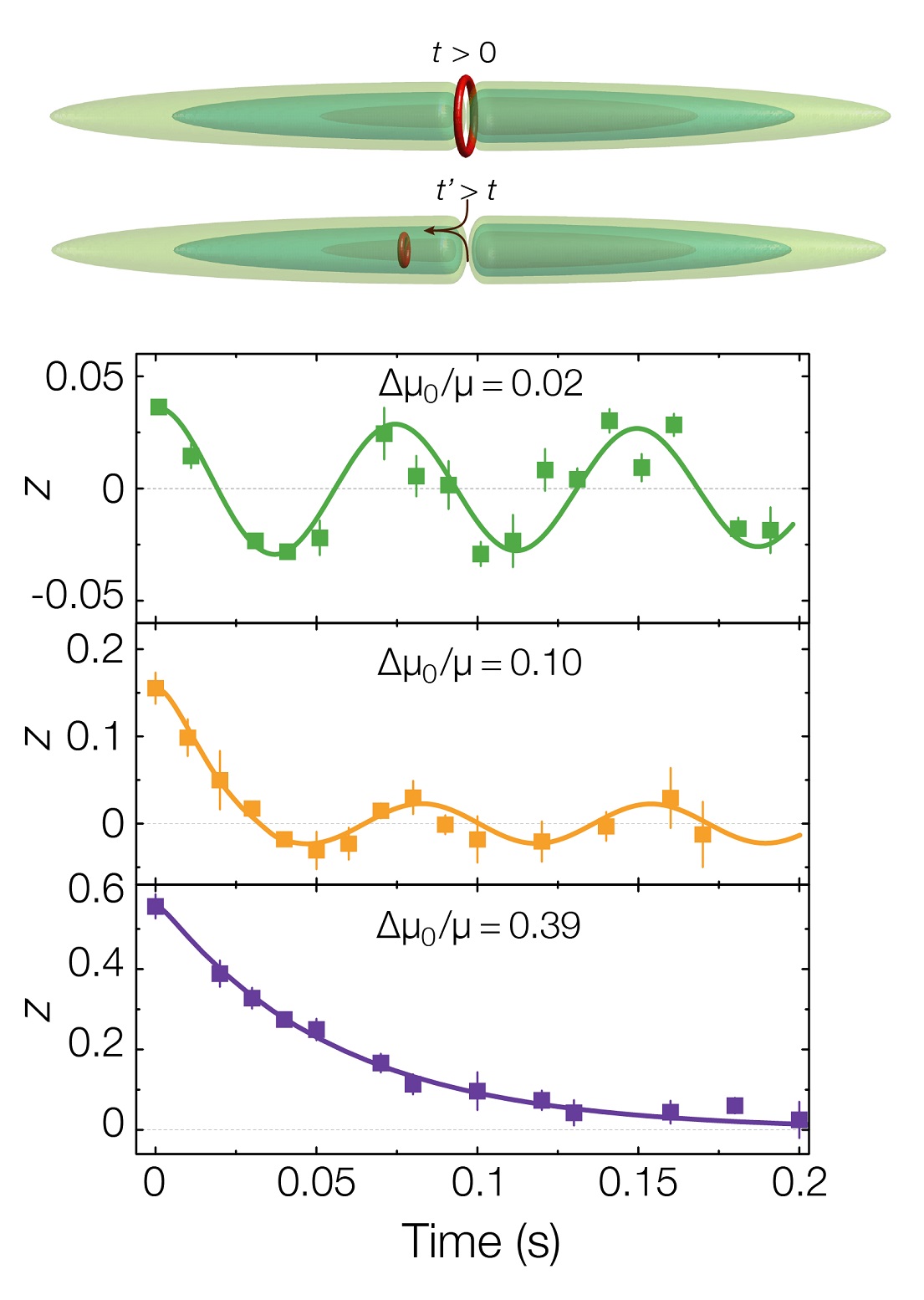 |
We study the emergence of dissipation in an atomic Josephson junction between weakly coupled superfluid Fermi gases. We find that vortex-induced phase slippage is the dominant microscopic source of dissipation across the BEC–BCS crossover. We explore different dynamical regimes by tuning the bias chemical potential between the two superfluid reservoirs. For small excitations, we observe dissipation and phase coherence to coexist, with a resistive current followed by well-defined Josephson oscillations. We link the junction transport properties to the phase-slippage mechanism, finding that vortex nucleation is primarily responsible for the observed trends of the conductance and critical current. For large excitations, we observe the irreversible loss of coherence between the two superfluids, and transport cannot be described only within an uncorrelated phase-slip picture. Our findings open new directions for investigating the interplay between dissipative and superfluid transport in strongly correlated Fermi systems, and general concepts in out-of-equilibrium quantum systems. A. Burchianti, et al., |
LAST NEWS
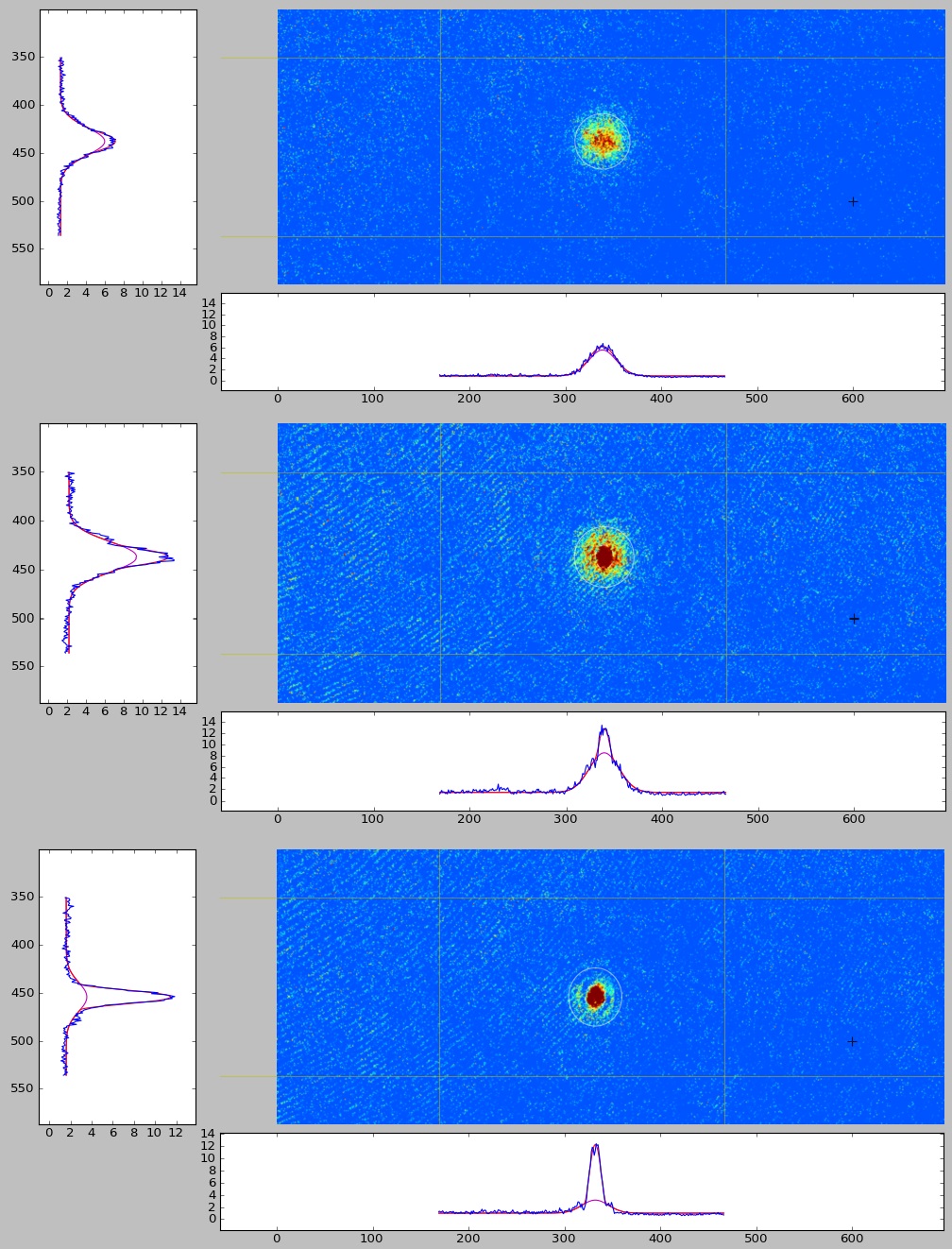 |
We observed the transition to BEC for 162Dy atoms! |
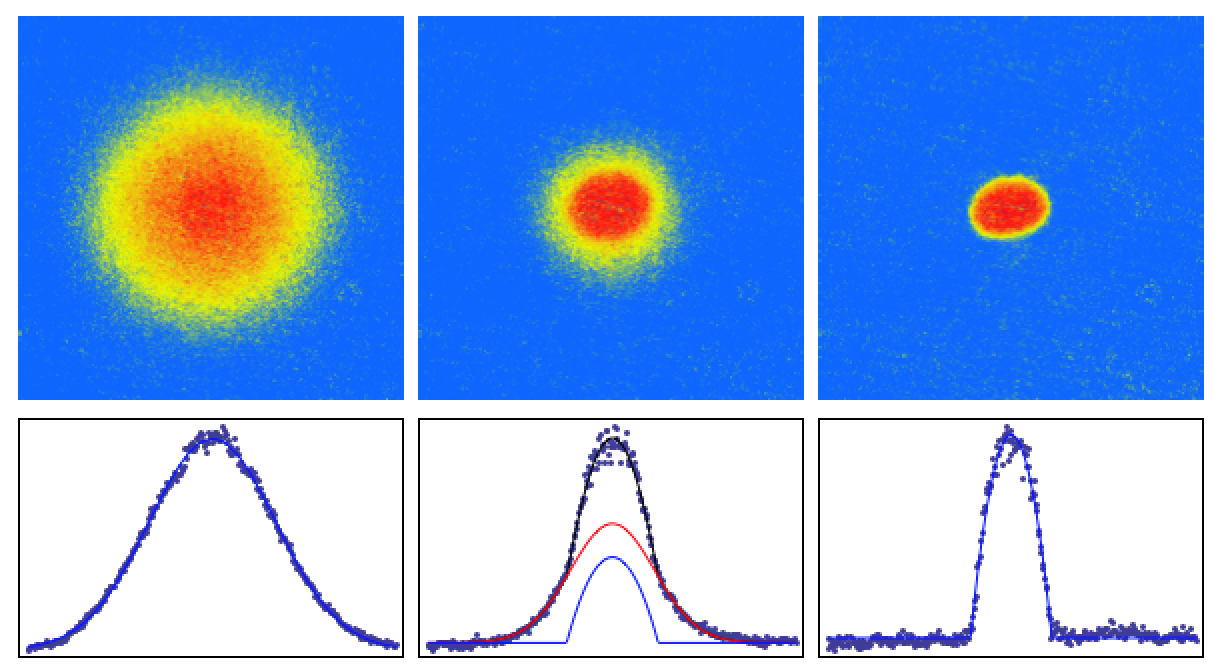 |
We achieved a 87Rb condensate of 4⨯105 atoms in the F=2, mF=2 state. We use a hybrid trap consisting of a single focused laser beam at 1064nm (dimple) in the horizontal direction and a quadrupole magnetic field. The dimple is vertically shifted with respect to the quadrupole center to avoid Majorana spin-flips. A first evaporation ramp with a microwave driving the (2,2) to (1,1) transition, is followed by an optical evaporation. |
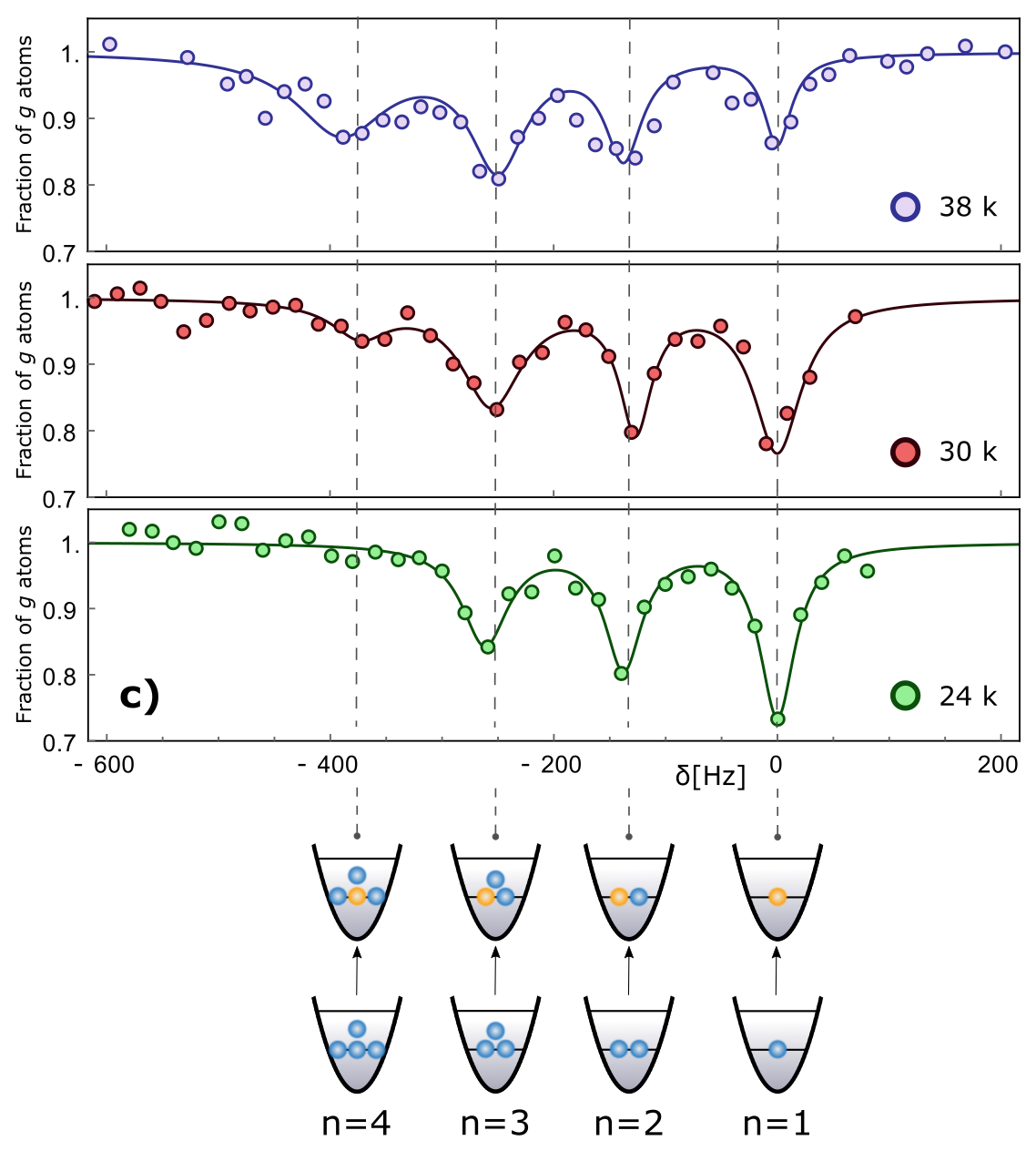 |
We report on the measurement of the scattering properties of ultracold 174Yb bosons in a three-dimensional optical lattice. Site occupancy in an atomic Mott insulator is resolved with high-precision spectroscopy on an ultranarrow, metrological optical clock transition. Scattering lengths and loss rate coefficients for 174Yb atoms in different collisional channels involving the ground state 1S0 and the metastable 3P0 states are derived. These studies set important constraints for future experimental studies of two-electron atoms for quantum-technological applications L. Franchi et al., |
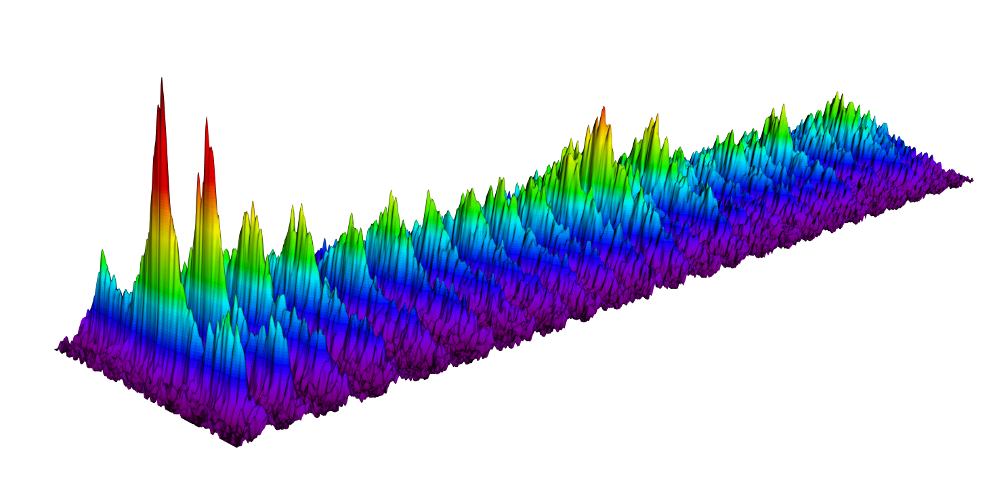 |
Quantum phase slips, i.e., the primary excitations in one-dimensional superfluids at low temperature, have been well characterized in most condensed-matter systems, with the notable exception of ultracold quantum gases. Here we present our experimental investigation of the dissipation in one-dimensional Bose superfluids flowing along a periodic potential, which show signatures of the presence of quantum phase slips. In particular, by controlling the velocity of the superfluid and the interaction between the bosons we are apparently able to drive a crossover from a regime of thermal phase slips into a regime of quantum phase slips. Achieving a good control of quantum phase slips in ultracold quantum gases requires to keep under control other phenomena such as the breaking of superfluidity at the critical velocity or the appearance of a Mott insulator in the strongly correlated regime. Here we show our current results in these directions. S. Scaffidi Abbate, et al., |
